Why It’s The Perfect Time For ‘Clone High’ To Be De-Thawed
In a retrospective interview with Grantland, Phil Lord and Chris Miller (The Lego Movie, Spider-Man: Into the Spider-Verse, 21 Jump Street) jokingly quipped, “Our entire career has just been about getting Clone High back on the air.” With every new massive success that these two have seen, some fan would inevitably step in and ask if it was now finally time to reboot Clone High. Surely Lord and Miller have achieved a level of acclaim and have enough clout that they could make such a thing possible, so it seemed like Clone High was tied up behind other reasons or that the two had simply moved onto more challenging products to occupy their time. Well, what’s forever seemed like a hopeless pipe dream has finally come true. Not only is Clone High coming back, but it’s also bringing the original creative team back along with it and returning to its home of MTV at what couldn’t be a more perfect time.
Lightning in a bottle television shows like Clone High are extremely rare, let alone back in 2002. Clone High presented itself as a broad comedy, but it provided manic wonder and levels of comedy that were impossible in other comedies of the time. There were plenty of underappreciated niche TV shows from this era, but being aware of Clone High felt like you were a member of a secret fan club that only a fraction of TV geeks knew about. The select few that had come across Clone High still weren’t sure that it wasn’t just a bizarre fever dream. It’s a show that didn’t seem real, which felt corroborated by the fact that it only lasted on MTV for two brief months.
Clone High was initially conceived back in the ‘90s when Lord and Miller came up with the premise while in college together. The duo, along with Scrubs’ Bill Lawrence, developed the idea into a pitch for a pilot at FOX that centered around a high school whose student body was entirely comprised of the teenage clones of famous historical figures. FOX decided to pass on the project, but MTV jumped to order the unconventional pitch into a series. Lord and Miller have affectionately referred to the selling of Clone High as their “easiest pitch ever” due to the immediate recognition of all of the show’s famous historical figures.
Curiously, once production on Clone High was under way, Lord and Miller learned that they were limited by the characters that they were allowed to feature in the series. Some of the estates of certain historical figures—like Albert Einstein and Marilyn Monroe—were quite litigious and prevented their likenesses from being used. This pushed Clone High to turn to a healthy stable of characters that charted back even further in history, like Joan of Arc, Cleopatra, or Julius Caesar.
The art design for Clone High is very representative of the early 2000s time period that it came from. Despite the mature material, Clone High’s flat, angular look is very reminiscent of Cartoon Network’s aesthetic at the time. This likely has to do with the fact that the show’s character designer, Carey Yost, also worked on Dexter’s Laboratory, Samurai Jack, and The Powerpuff Girls. This style perhaps made Clone High come across as a little more juvenile and skew younger considering the intelligence of the writing in the series, but it’s an unassuming look that worked. It helped accentuate comedic beats and timing more than it worried about realistic looking characters. Despite the show’s simple aesthetic, each episode still cost around $750,000 to produce, which wasn’t cheap for the time.
It’s also no coincidence that Bill Lawrence pulled many of his connections from his previous series, Spin City and Scrubs, to work on Clone High. Basically the entire cast of the series is formed from people that Lawrence had regularly worked with, like Donald Faison, Christa Miller, and Neil Flynn. This level of synergy is not unlike what Mitch Hurwitz attempted with his Sit Down, Shut Up animated series after the fallout of Arrested Development.
It’s honestly fun for fans to spot all of these connections, but it also means that the cast already has a level of trust and short-hand between each other. It’s largely why the chemistry in Clone High is so perfect. These are all actors who genuinely love working with each other and are still doing so to this day. Clone High also wasn’t ashamed to take advantage of the fact that they were part of the MTV family. Plenty of celebrities and musicians from the era (Mandy Moore, Marilyn Manson, O-Town’s Ashley Angel) ended up on the series, often as themselves.

Clone High has an absurd premise, but its style of comedy was obsessed with structure and parody in a way that was rare for the time, but is now commonplace. The series’ high school setting primarily leaned into the popularity of the “sexy teen dramas” of the time like Dawson’s Creek or The O.C. While those conventions were Clone High’s bread and butter, the series also regularly lampooned romantic comedies and other popular genres. One episode engages in what’s still perhaps the funniest riff on the whole “Don’t you get on that plane!” trope from the finale of so many rom-coms.
In fact, in 2002 in a pre-Community time, the only shows that were ambitious enough to do “concept episodes” were Moonlighting and shockingly, Duckman, but nearly every episode of Clone High dissects a popular movie or genre of cinema in clever ways. Installments brilliantly pair together ideas like JFK running for student body president and the dangers of corporate sponsorship and selling out. Another episode features a subplot where Gandhi and George Washington Carver are in an exaggerated lampoon of mixed-race buddy cop films, titled “Black and Tan.” In many ways, that storyline is like a dry run for what Lord and Miller would later refine in their Jump Street films.
One entry indulges in “gender disguise” comedies like Tootsie, Mrs. Doubtfire, or She’s the Man when Joan of Arc becomes John D’Arc in order to join the school’s basketball team. A holiday installment that centers around a politically correct and inoffensive “Snowflake Day” feels especially ahead of its time and even more relevant now nearly two decades later. The most ambitious of all of these examples is definitely how one episode is a full-on rock opera that pays homage to Pink Floyd’s The Wall, while it simultaneously delivers a pitch perfect story about drug use that features Jack Black as the villainous “Pusher.”
On top of the movie parodies, the characters of Scudworth and Mr. Butlertron (who are voiced by Lord and Miller respectively) operate as if they’re trapped in formulaic ‘80s sitcoms. To go one step further, the whole cloak and dagger shenanigans that surrounds them and the Board of Shadowy Figures are reminiscent of old serials and show a deep love and respect for classical sitcoms. One episode specifically dismantles the form with a bizarre, yet brilliant, take on Looney Tunes and Tex Avery cartoons as Scudworth wages war against a rambunctious skunk. All of this marks an early experimentation with structure that would remain a constant through the careers of Lord, Miller, and Lawrence.
In addition to all of the higher concept material, every episode of Clone High pokes fun at the saccharine nature of overproduced television. Every episode of Clone High is announced as a “very special” episode and they all embrace that after school special energy. Episodes tackle “hot topic” issues like ADD, drug use, virginity, and littering, but then approaches them all in absurd ways that are still able to be powerful. The ADD episode is actually sweet and educational (and features the best use of Tom Green in a guest role).
The level of attention to detail in Clone High becomes even more intense upon realizing that they engaged in Easter eggs and hidden details before it was common practice to deconstruct every frame of a television series. Every Clone High episode has a dolphin hidden somewhere and this is emblematic of how the Clone High team just wanted to give the fans as much as possible. When Clone High aired there wasn’t even a reliable means to re-watch the show, which means that these little touches were hopefully caught on the initial watch and picked up on. The “Raisin the Stakes” rock opera even has subliminal messages that flash across the screen in an attempt to embrace the episode’s trippy, drug-addled atmosphere. Another episode mocks the audience in what appears to be a brief hint of nudity on Joan of Arc, only for those who freeze-frame the screen to see that the words “Nice” and “Try” are placed over her nipples.
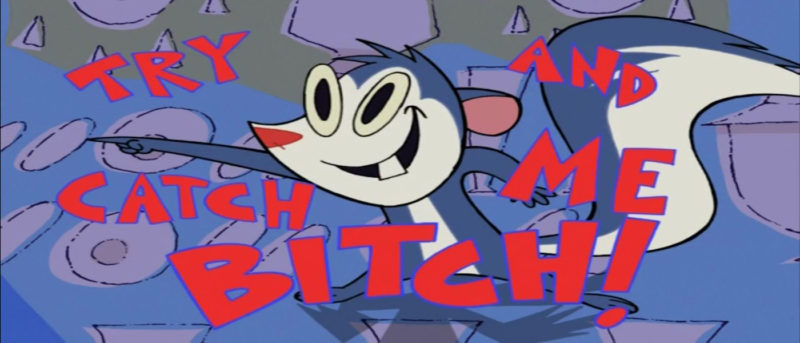
Clone High has a clear respect for genre, but it unsurprisingly also has a lot to say about identity and image as its premise inherently critiques and re-contextualizes famous historical figures. The series finds inspired ways to undercut these characters and it relishes the opportunity to explore the many faults that accompany these characters that may have helped them all become titans of their time, but have now not aged so well. This is an idea that’s now increasingly relevant due to how the line between world leaders and celebrities has become increasingly blurred.
It’s currently a time where former historical figures are finally being taken down, dismantled, and viewed with clearer eyes. Back in the day, Clone High was ultimately cancelled for the boundaries it pushed with its representation of Gandhi, but we’re now in a place where a more open-minded perspective is tolerable. South Park still faced backlash and censorship when they tried to approach Muhammad, but Bless the Harts is currently on television and it has Jesus as a main character. A raunchy Gandhi isn’t the death sentence that it used to be.
These characters lend themselves to plenty of social commentary, but the jokes that surround them are also really freaking smart and reflect some serious deep cuts from history. Decisions to make Paul Revere a blabbermouth or turn Ponce de Leon into the show’s resident Fonzie are brilliant. This is a show where it will use these characters to make a legitimately thoughtful observation and then seamlessly joke that Napoleon suffers from “some kind of complex” and that Catherine the Great should get off her high horse. That being said, none of these takes on the characters were meant to be inflammatory and they all had earned explanations to fall back on.
Clone High was breaking boundaries left and right, but in addition to it being ahead of its time, it also premiered during what was arguably the worst period possible. Maxim was under fire and receiving protests over a magazine ad where Gandhi is showcased in a condescending light. Clone High came out at the same time and only fanned those flames and caused a larger uproar. It got to the point where hundreds of protesters actually went on a hunger strike in protest of Clone High. To make matters worse, the head of MTV happened to be in India at the time and witnessed all of this opposition first-hand. MTV was basically pushed into a scenario where if they didn’t cancel Clone High then India would revoke their license with MTV. There was such an insane and aggressive response to this silly and ridiculous show that was never trying to hurt anyone.
MTV carried on with their plans to cancel the series, but five episodes of the 13 produced didn’t even air until Clone High hit Canada’s Teletoon network. The fact that Clone High would air in its entirety for the first time on a network other than where it started is a fate that many cult classic and ahead-of-their-time television shows have learned to deal with. Clone High’s DVD set was also put together in Canada, as opposed to the United States.
Clone High remained the definition of a cult hit after its cancellation, but the stock of Phil Lord and Chris Miller only continued to grow. As the duo became more popular and turned out more creative work, there were always discussions that would circle back to Clone High. The series put together a reunion panel that immediately sold out and showed that people were still very interested in the property. More than five years back, Lord and Miller discussed the idea of reviving the series through a film, but cited the rights difficulties involved, since Clone High is owned by MTV/Viacom and they were under contract with Fox and Warner Bros. Television. Of course, this is something that’s now no longer an issue since the reboot will be returning to MTV where it started.
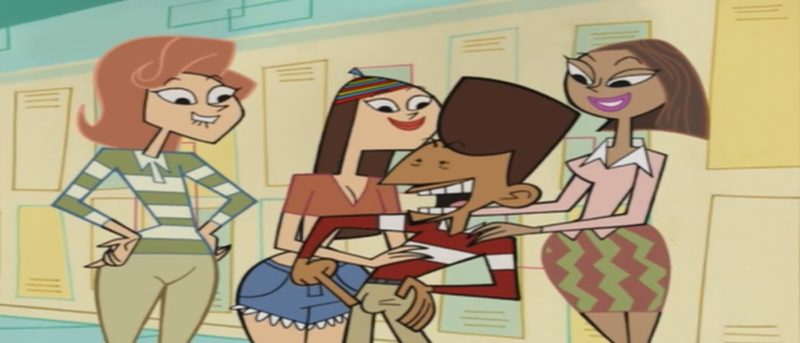
Lord and Miller have teased the Clone High fanbase in increasingly blatant ways, whether it’s jokes in 22 Jump Street that are right out of the acerbic animated series, casting Will Forte as Abe Lincoln in The Lego Movie, or a billboard in one of the alternate realities in Spider-Man: Into the Spider-Verse that proudly features Abe and JFK in an ad for “Clone College.” These all just seemed like playful gags, but now we may actually be living in the reality where the world is headed towards “Clone College” (or at the very least get closure to that two decade-long cliffhanger).
The return of Clone High was only recently announced and while details are currently slim, fans can breathe a sigh of relief that the original creative team will be back. Lord, Miller, and Lawrence are all back to executive produce and Erica Rivinoja—who wrote on the show—has been announced as the showrunner. Rivinoja doesn’t just come from the original Clone High, but she’s steadily worked with Lord and Miller over the years. She helped pen Cloudy With a Chance of Meatballs 2, but more notably she wrote for The Last Man on Earth, which not only was executive produced by Lord and Miller, but also starred fellow Clone High alum, Will Forte. Rivinoja’s sense of humor remains consistent with Lord and Miller and she really feels like a perfect choice to lead the new season.
It’s truly impressive how a lot of Clone High’s creative team have been able to stay together through the years, which hopefully means there will be even stronger synergy in place because these writers and a lot of the cast have been able to strengthen their rapports and become even more insular in the nearly two decades that have passed since Clone High’s conclusion.
Rivinoja’s work on Last Man on Earth shows a flair for serialized storytelling and not being afraid to scorch the Earth when it’s necessary. The incorporation of these principles into Clone High would be nice, but the show really doesn’t need to turn to such an approach. The return of the show and it not forgetting what it was will be more than enough for fans. Both the medium and audiences have now evolved enough that what was once controversial or too smart is now seen as cutting edge. Clone High’s original episodes could air unaltered on today’s television schedule and they’ still hold up and easily be some of the smartest and funniest programming, animated or otherwise.
Clone High is about many things, but at its core it’s really a show about whether biology is innate and if these clones are set to repeat the mistakes of their original forefathers. In a show that so thoroughly explores the idea of history repeating itself, hopefully MTV will be able to stick to their new programming plan and provide Clone High with the bright future that it deserves and not make the same mistakes as before. MTV is going to have to do a lot of work to stand out as a new home for adult animation, but as far as anchors go, there are few returns that will be as anticipated as Clone High and even less with the reputation and pedigree that this show has assembled. Besides, what are the odds that Clone High will experience an untimely death a second time?
Remember: Nothing bad ever happens to the Kennedys.
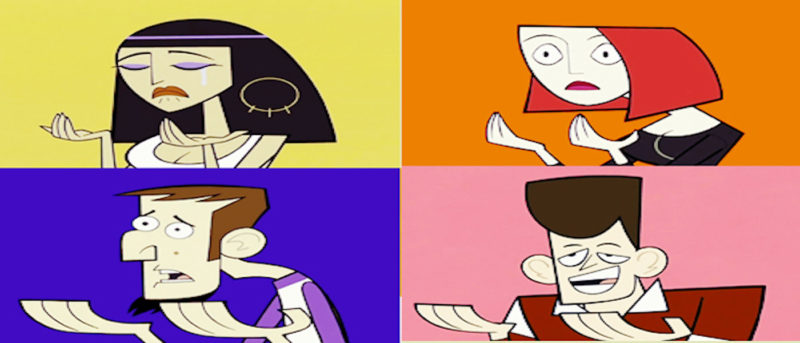

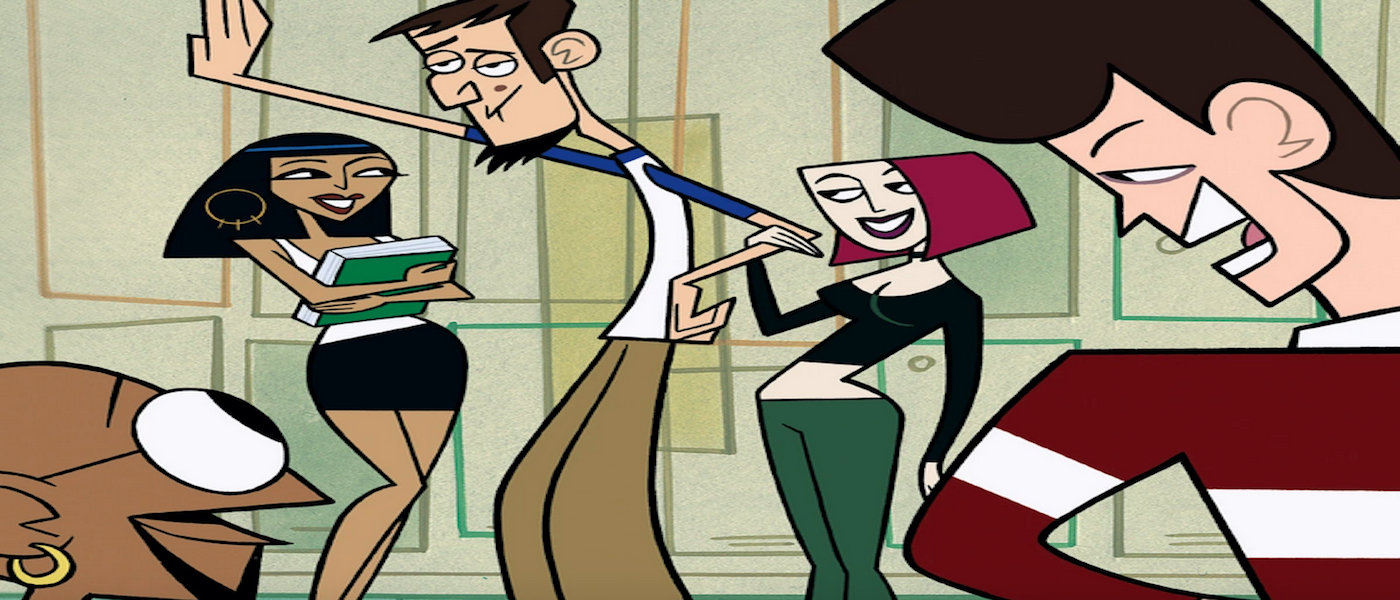






















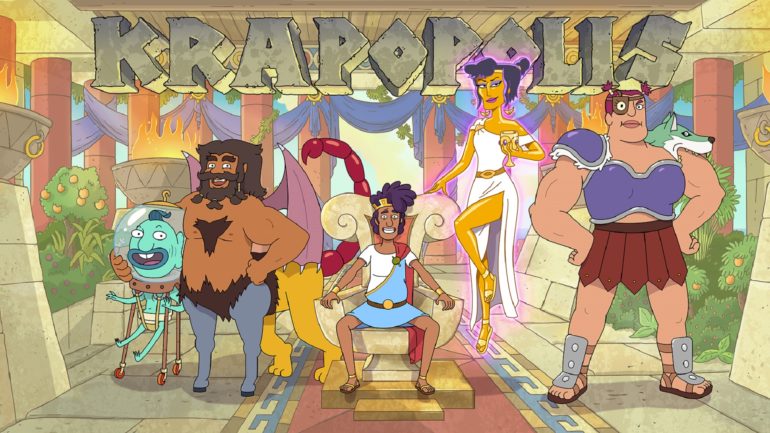

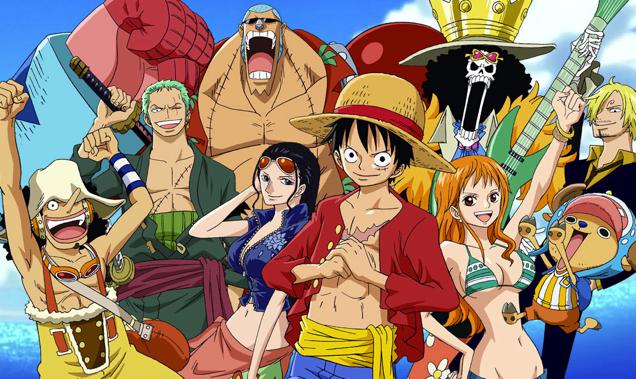
I hope this turns out to be another Gravity Falls-type show with an overarching storyline.